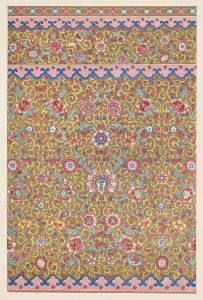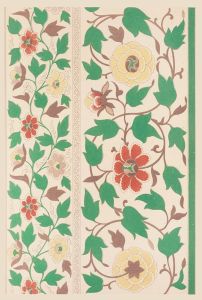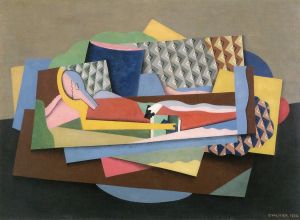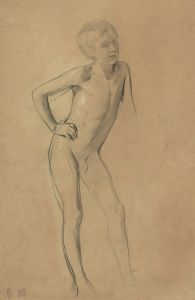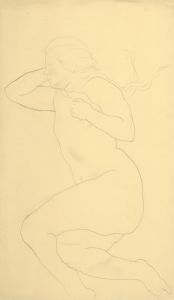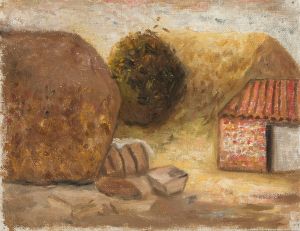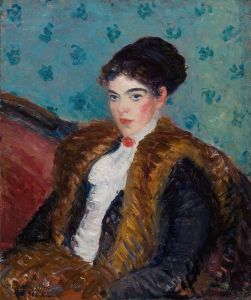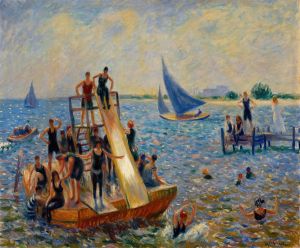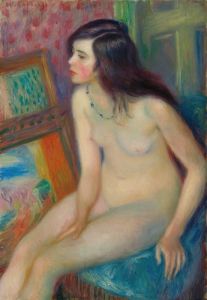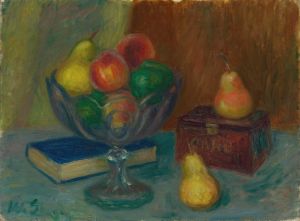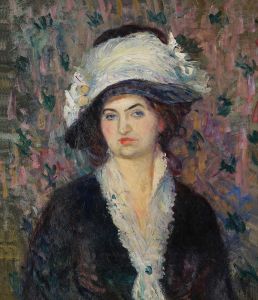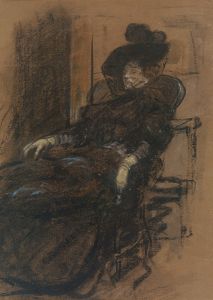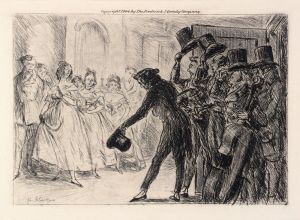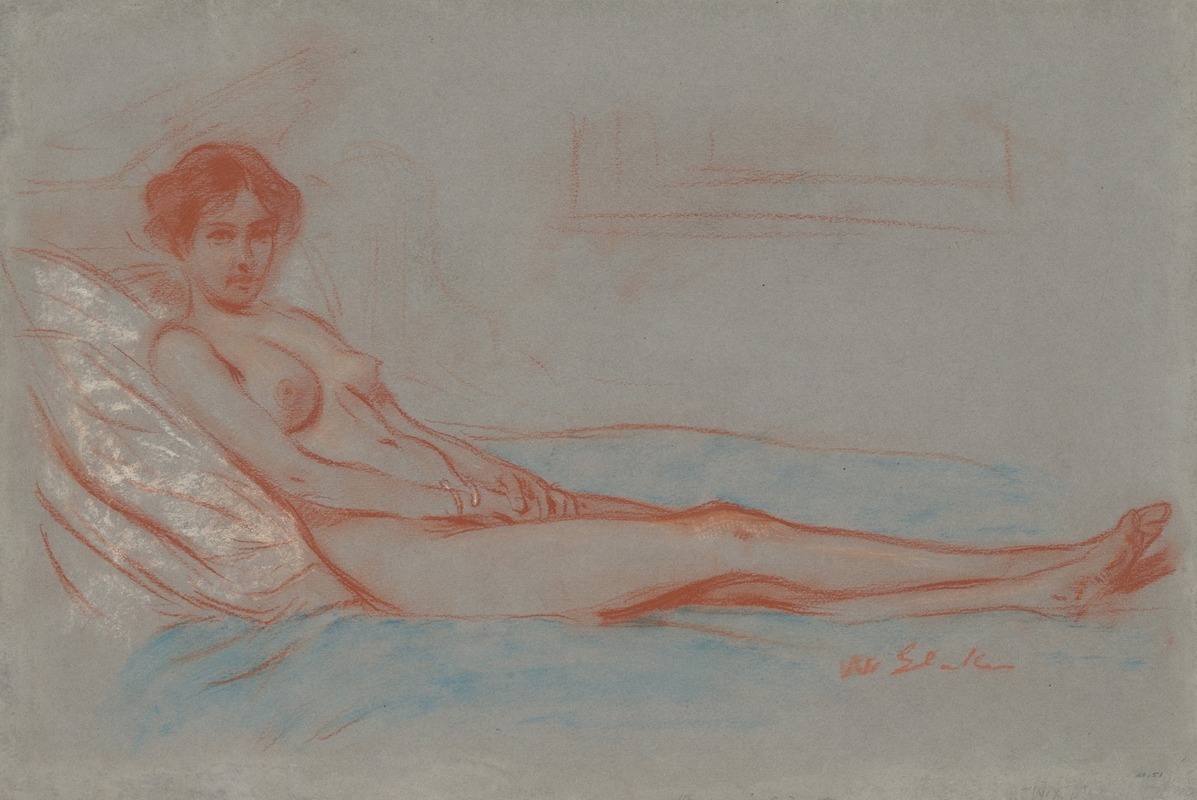
Reclining Female Nude
A hand-painted replica of William James Glackens’s masterpiece Reclining Female Nude, meticulously crafted by professional artists to capture the true essence of the original. Each piece is created with museum-quality canvas and rare mineral pigments, carefully painted by experienced artists with delicate brushstrokes and rich, layered colors to perfectly recreate the texture of the original artwork. Unlike machine-printed reproductions, this hand-painted version brings the painting to life, infused with the artist’s emotions and skill in every stroke. Whether for personal collection or home decoration, it instantly elevates the artistic atmosphere of any space.
William James Glackens was an American painter and a prominent figure in the Ashcan School, a movement known for its focus on depicting scenes of everyday life in New York City during the early 20th century. Glackens was born in Philadelphia in 1870 and studied at the Pennsylvania Academy of the Fine Arts. He began his career as an illustrator for newspapers and magazines, which influenced his later work as a painter.
"Reclining Female Nude" is one of Glackens' works that showcases his skill in capturing the human form. Although specific details about this particular painting are limited, it is consistent with Glackens' broader body of work, which often included portraits and figure studies. Glackens was known for his vibrant use of color and loose brushwork, characteristics that were influenced by his exposure to European Impressionism, particularly the works of Pierre-Auguste Renoir.
The Ashcan School, with which Glackens is associated, was not a formal group but rather a collective of artists who shared a common interest in portraying the realities of urban life. This group included artists like Robert Henri, John Sloan, and George Luks. While Glackens' work often aligned with the themes of the Ashcan School, he also diverged in his use of color and light, which were more reminiscent of the Impressionists.
Glackens' "Reclining Female Nude" likely reflects his interest in both the human figure and the play of light and color. His nudes often exhibit a sense of intimacy and immediacy, capturing the subtleties of the human form with a painterly approach. The use of color in his nudes is particularly noteworthy, as Glackens employed a palette that was both rich and varied, lending a sense of vitality to his subjects.
Throughout his career, Glackens maintained a balance between his illustrative roots and his painterly ambitions. His work was well-received during his lifetime, and he participated in several important exhibitions, including the landmark Armory Show of 1913, which introduced American audiences to European modernism.
Glackens' contribution to American art extends beyond his paintings. He played a significant role in the development of modern art in the United States, both through his own work and his efforts to promote the work of other artists. He was instrumental in helping his friend, the collector Albert C. Barnes, acquire a significant collection of modern European paintings, which would later become the Barnes Foundation.
In summary, while specific information about "Reclining Female Nude" by William James Glackens is limited, the painting can be appreciated within the context of Glackens' broader artistic achievements. His work reflects a unique blend of American realism and European Impressionism, characterized by a vibrant use of color and a keen interest in the human form. Glackens remains an important figure in American art history, celebrated for his contributions to the Ashcan School and his role in the early 20th-century art scene.





